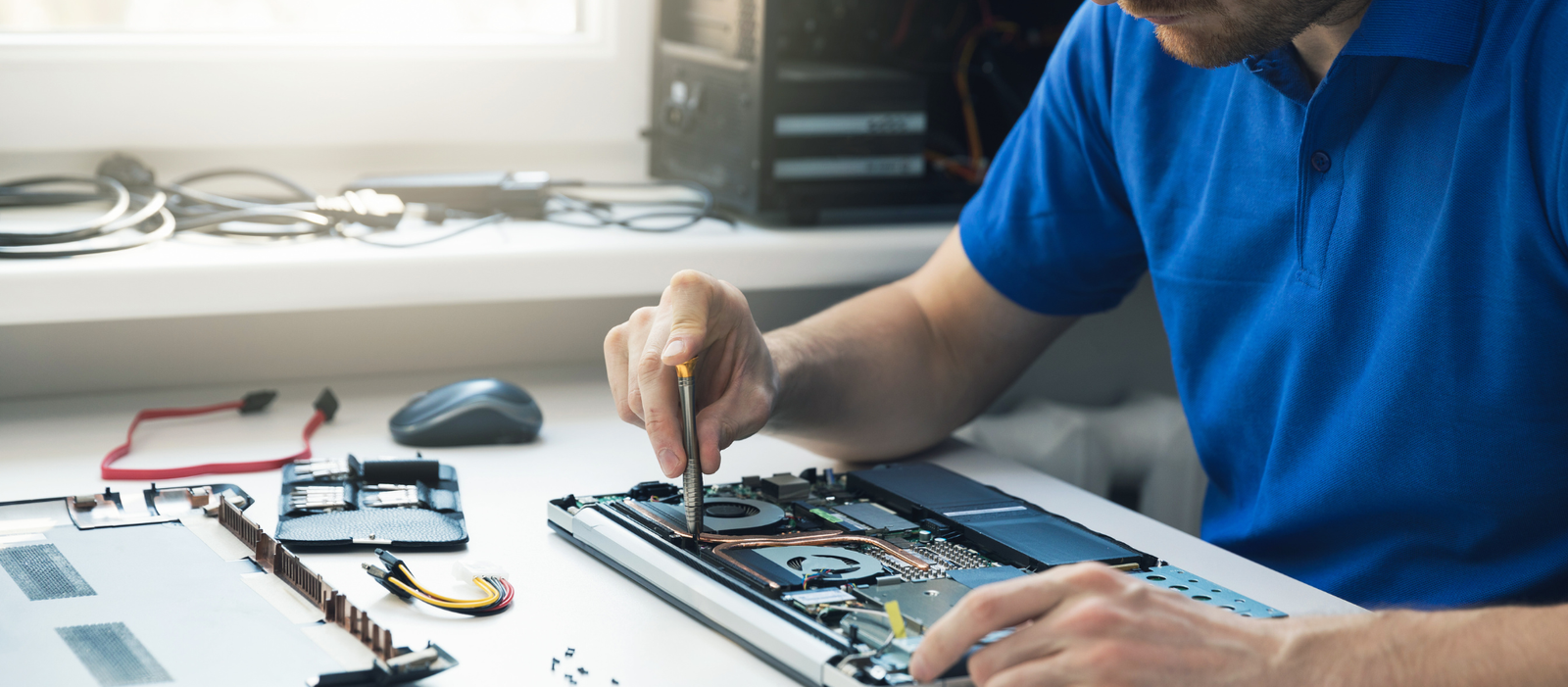


MacBooks are known for their sleek design, powerful performance, and premium build quality. Whether you’re using a MacBook Air for portability or a MacBook Pro for intensive tasks like video editing, graphic design, or programming, these laptops are a cornerstone of productivity for many users. However, like any electronic device, MacBooks are not immune to wear and tear, occasional malfunctions, or accidents.
In this guide, we’ll explore common MacBook issues, how to troubleshoot and fix them, the benefits of DIY repairs, and when to seek professional help. Whether you’re dealing with a slow machine, a dead battery, or a malfunctioning keyboard, understanding your repair options will save you time, money, and frustration.
Knowing what issues can arise with your MacBook is the first step toward effective repair and troubleshooting. Here are some of the most common problems MacBook users face:
One of the most frequent issues with older MacBooks is a decline in battery performance. Over time, MacBook batteries degrade, causing reduced battery life and, in some cases, the inability to hold a charge. While newer MacBooks (such as the MacBook Air and MacBook Pro with Apple Silicon chips) offer better battery longevity, all MacBooks will eventually face battery issues.
Symptoms:
As MacBooks age or if they’re running too many processes, they may slow down. Slow performance can be caused by several factors, including outdated software, insufficient RAM, or a cluttered hard drive.
Symptoms:
Overheating is a common issue with laptops, especially if used for extended periods or when performing resource-intensive tasks like gaming or video editing. When a MacBook overheats, it can cause internal components to malfunction and, in the worst case, damage the device permanently.
Symptoms:
Since 2015, Apple has introduced the butterfly mechanism in its MacBook keyboards, a design that faced significant reliability issues. Users have reported keys that feel sticky, unresponsive, or completely fail to register presses.
Symptoms:
MacBooks have high-resolution Retina displays that can sometimes suffer from issues like dead pixels, backlight bleeding, or discoloration. Problems with the display are typically related to either software or hardware malfunctions.
Symptoms:
The trackpad is a crucial input device for MacBook users, and issues with it can significantly affect usability. Problems like unresponsiveness, erratic movements, or sticky clicks can arise over time.
Symptoms:
While MacBooks are known for their robust construction, many common issues can be fixed at home with the right tools, knowledge, and patience. However, attempting repairs without proper guidance can void warranties or cause further damage, so always proceed with caution.
If your MacBook is older and the battery no longer holds a charge, replacing the battery can often restore its performance. The process for replacing the battery differs depending on the model, but most MacBooks have batteries that can be replaced.
DIY Process for Replacing the Battery:
While some MacBook models have a non-removable battery that requires more advanced repair skills, Apple offers battery replacement services for many models, which might be a safer option for non-experts.
If the trackpad or keyboard becomes unresponsive or sticky, you may be able to clean it yourself.
DIY Process for Cleaning the Trackpad:
DIY Process for Cleaning the Keyboard:
If your MacBook is slow or experiencing software glitches, performing a clean install of macOS can often resolve the issue. A fresh installation removes clutter from the system and helps optimize performance.
DIY Process for Reinstalling macOS:
If your MacBook overheats or the fans are running loudly, cleaning the internal fans can sometimes help resolve the issue. Over time, dust can accumulate inside the MacBook and hinder the cooling system.
DIY Process for Cleaning the Fans:
Note: If you’re not comfortable opening your MacBook, consider professional cleaning services.
While some issues can be resolved with DIY methods, certain MacBook problems require the expertise of professional technicians. Here’s when to seek help from an authorized repair center or Apple Store:
MacBook models with integrated components like the logic board, soldered RAM, or SSD can have issues that are not easily fixable at home. Problems like logic board failures, damaged GPUs, or issues with soldering require advanced expertise and specialized equipment.
If your MacBook is under warranty or covered by AppleCare+, it’s best to take advantage of Apple’s repair services. Apple offers repairs with genuine parts and guarantees the quality of the work. Plus, if the repair is covered under warranty, it could be free of charge.
For keyboard malfunctions (especially with the butterfly mechanism) or display issues (such as cracked or malfunctioning screens), it’s best to visit an Apple Store or an authorized repair center. Repairing the keyboard or display often requires professional help to ensure that the work is done correctly without voiding warranties.
If you decide to take your MacBook for professional repair, there are several options available:
Apple offers repairs through its official stores or Apple Authorized Service Providers. Apple technicians use high-quality parts and have access to tools that ensure the best repair outcome.
Pros:
Cons:
If you’re looking for a more budget-friendly option, independent repair shops can provide MacBook repairs. However, the quality of parts and service may vary, so it’s important to choose a reputable provider.
Pros:
Cons:
Preventing issues before they arise is always better than dealing with a major repair. Here are some maintenance tips to keep your MacBook running smoothly:
MacBook repairs don’t have to be a headache if you know how to address common issues and when to seek professional help. Whether you’re tackling a simple battery replacement or dealing with a major hardware malfunction, understanding the repair options available will help you make informed decisions.
By taking good care of your MacBook and staying on top of maintenance, you can extend its lifespan and ensure it continues to perform at its best.
Join the Appleberry family! Subscribe for exclusive repair deals, maintenance tips, and Apple updates straight to your inbox.
Designed by CYBER MUNK